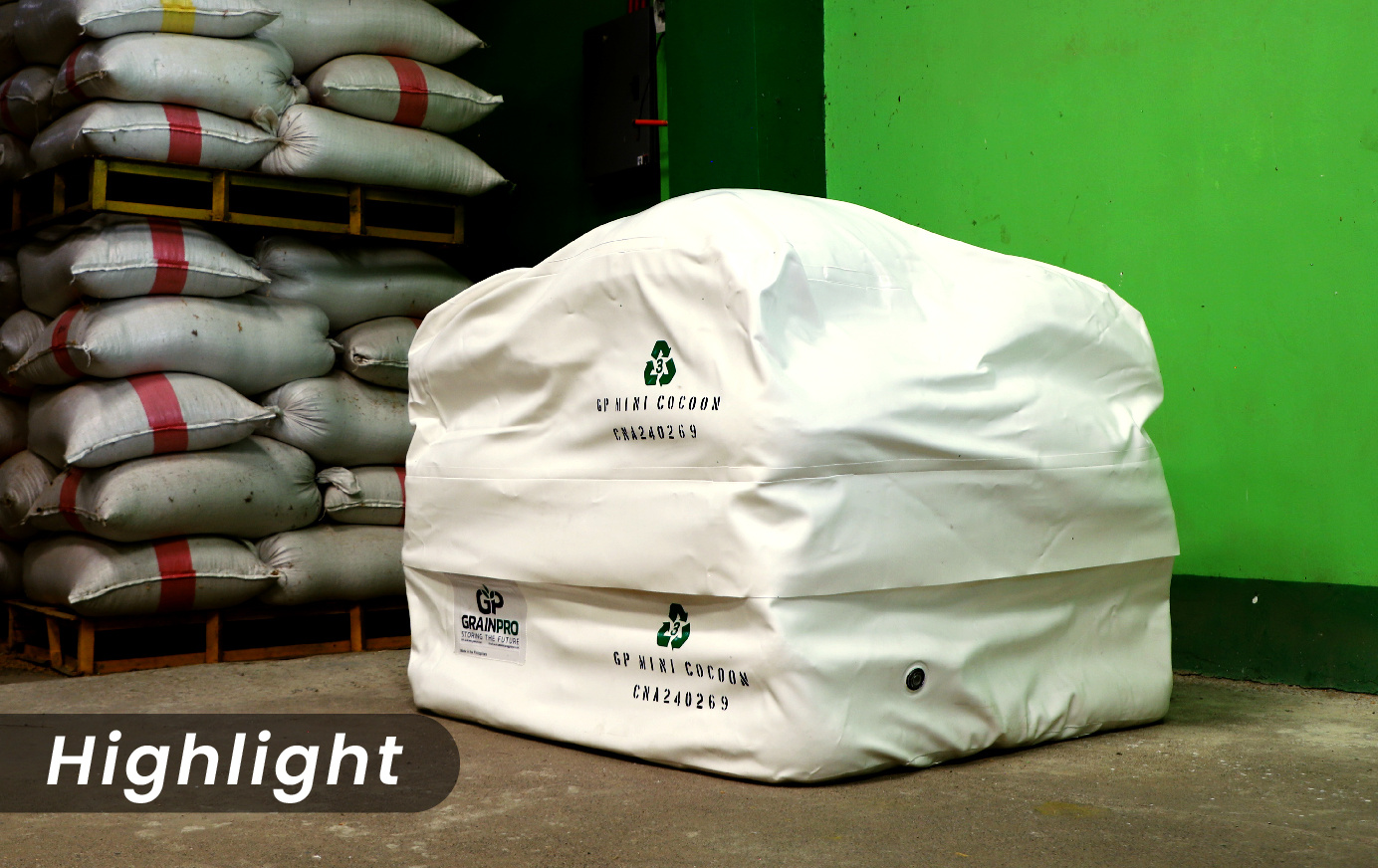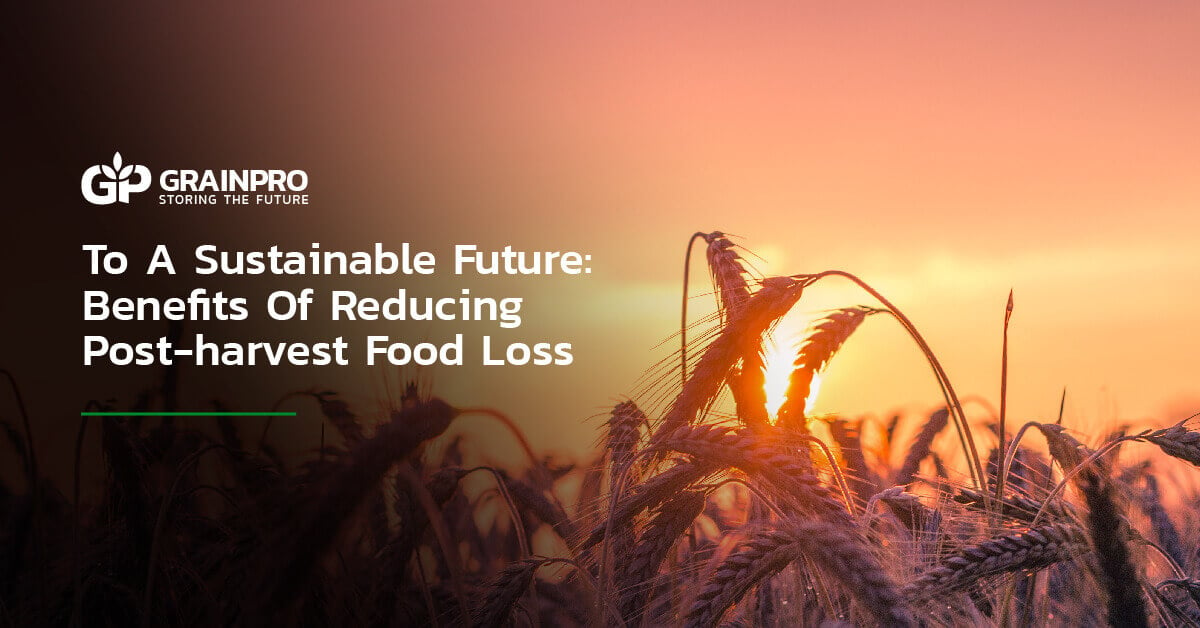One of the United Nations' sustainable development goals is achieving food security and zero hunger. Over the past 15 years, government bodies and international organizations have taken steps to attain this. Yet, this remains an elusive goal as more than 790 million people are still suffering from hunger. This problem is due to several factors, and one of these is inadequate efforts in reducing post-harvest losses.
According to the Food and Agriculture Organization (FAO) of the United Nations on food loss and waste, approximately 14% of the world's food, which is valued at $400 billion, is lost globally every year during the stages between harvest and the market. Another 17% is wasted during retail and consumption.
Reducing food loss and waste plays a significant role in improving food security, food safety, quality, and increasing efficiency. FAO puts focus on the reduction of losses that occurs between harvest and the market, or post-harvest.
Combating post-harvest food loss is challenging, but the benefits are plenty. Reducing food loss is also one step closer toward a sustainable future. Here’s how:
Food security
World Resources Institute’s analysis suggests that reducing food loss and waste could be a global strategy for attaining a sustainable food future. Based on data, they suggest that reducing the global rate of food loss from 24% to 22% calories can close around 22% of the 6,000 trillion kcal per year gap between food available today and that needed in 2050.
Currently, the majority of staple commodities such as maize, cereal grains, and rice suffer loss during post-harvest handling and storage. In one study, about 11.7% of harvested maize were found lost, and two-thirds of this happens during the storage period. Rice in developing countries, meanwhile, are being destroyed post-harvest at a 14-16% rate. Cereal grains are also wasted at the rate of 30% every year due to poor post-harvest practices.
With improved efforts to reduce such losses, the said commodities could feed more people instead of going to waste; there will be more food in the plates of 790 million people who are still suffering from hunger. And, there will be lesser crops damaged by pests, inclement weather, and ineffective drying procedures.
Better lives for farmers
Another benefit of reducing post-harvest food loss is better lives for those who produce food, particularly smallholder farmers.
The farming life cycle is a long and tedious one. It involves a lot of work, from preparation until the season reaches post-harvest. When crops are damaged during post-harvest, not only does that mean that the income of farmers is wasted, but this also includes all their hard work. Reduced post-harvest loss means better morale for farmers, as they are assured that all their effort pays off.
When it comes to the financial impact, post-harvest losses have a value of up to $4 billion per year in Sub-Saharan Africa alone. Currently one of the world’s poorest and food-insecure regions, farmers here typically earn only $2 per day.
But there is hope for Sub-Saharan Africa, since the World Bank estimates that even a 1% reduction of post-harvest losses within the region could lead to a $40 million economic gain annually. The said economic gain is expected to benefit smallholder farmers.
Finally, better post-harvest handling can empower women in the agriculture industry. Women are highly engaged in post-harvest management. If they’re informed of new technologies and strategies in reducing post-harvest loss, they would be able to protect the quality of their commodities and gain higher income.
Healthier ecosystem
Aside from economic benefits, reduction of post-harvest losses can also lead to a healthier ecosystem. If food produced is utilized and waste is minimized, there would be a lesser need for production materials, processing and transporting of these commodities. Reduction of such would mean lesser greenhouse gas emissions.
Currently, FAO estimates that food loss and waste results in about 4.4 gigatonnes of greenhouse gas emissions (4.4 Gt CO2e) annually. If this would be reduced through better post-harvest management, two goals of climate smart agriculture (CSA) approach will be realized: food security and decline of greenhouse gas emissions.
Reduction of post-harvest loss is a holistic strategy. It helps farmers who produce food, feeds people suffering from hunger, and ultimately, protects the ecosystem from further damage caused by greenhouse emissions.
Next steps
Having said some of the benefits of reducing post-harvest food loss, how then will we start creating a more sustainable future? How to reduce food post-harvest losses? One of the keys is effective post-harvest handling and management through the use of environment-friendly and cost-effective solutions.
To learn more about GrainPro’s post-harvest handling and storage solutions, click the button below.
Date Published: December 17, 2018





